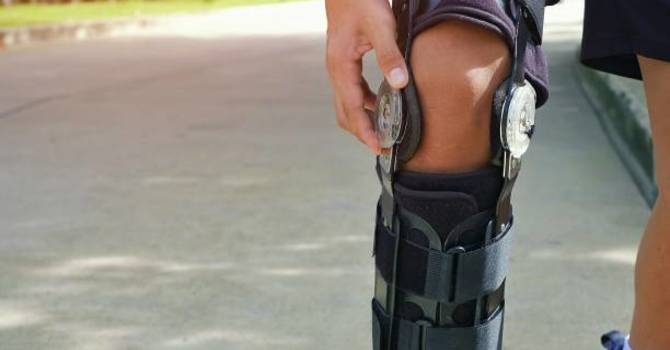
Trigeminal neuralgia is a chronic pain condition that affects the trigeminal nerve, which is responsible for sensation in the face. The pain can be excruciating, often described as sharp, stabbing, or electric-shock-like, and it can significantly impact a person’s quality of life. With various treatment options available, many people wonder if alternative therapies like craniosacral therapy might offer some relief. Let’s explore what craniosacral therapy is, how it might help with trigeminal neuralgia, and what you should consider before trying it.
What is Craniosacral Therapy?
Craniosacral therapy (CST) is a gentle, hands-on therapy that focuses on the craniosacral system—comprising the membranes and fluid surrounding the brain and spinal cord. The therapy aims to improve the flow of cerebrospinal fluid, reduce tension in the craniosacral system, and enhance overall health. Practitioners use light touch to assess and release restrictions in the body’s fascial system, which can sometimes lead to improved comfort and function.
How Could Craniosacral Therapy Help Trigeminal Neuralgia?
Reducing Tension and Stress with CST
One of the key goals of craniosacral therapy is to reduce tension throughout the body. Chronic pain, like that experienced with trigeminal neuralgia, can lead to increased muscle tension and stress. By addressing these tensions, CST might help alleviate some of the discomfort associated with trigeminal neuralgia. The therapy’s calming effect can also help reduce stress, which is known to exacerbate pain conditions.
Enhancing Nervous System Function with CST
Craniosacral therapy is believed to support the health and function of the nervous system. Since trigeminal neuralgia involves nerve pain, improving the overall function of the nervous system might contribute to better management of symptoms. CST practitioners work to release restrictions around the central nervous system, which could potentially lead to more balanced nerve function and less pain.
Improving Circulation and Fluid Flow with CST
Another important aspect of CST is improving the circulation of cerebrospinal fluid. This fluid plays a crucial role in cushioning the brain and spinal cord and maintaining a healthy environment for nerve function. By facilitating better fluid flow and reducing blockages, CST might help create a more supportive environment for the nervous system, potentially alleviating some symptoms of trigeminal neuralgia.
What to Consider Before Trying Craniosacral Therapy
Consult Your Healthcare Provider
Before starting any new therapy, it’s essential to discuss it with your healthcare provider. They can help determine if craniosacral therapy is a suitable option for you, especially considering your specific medical history and current treatment plan. It’s important to ensure that the therapy complements your existing treatments and doesn’t interfere with them.
Find a Qualified Practitioner
If you decide to try craniosacral therapy, make sure to find a qualified and experienced practitioner. Look for someone who is certified and has a good track record with treating conditions similar to yours. A knowledgeable practitioner will be able to tailor the therapy to your needs and provide the best possible outcomes.
Be Patient and Open-Minded
Craniosacral therapy is a gentle, subtle approach, and results can vary from person to person. It may take several sessions to notice improvements, and it might work best as a complementary therapy alongside other treatments. Be patient and keep an open mind as you explore how CST might fit into your overall pain management strategy.
Conclusion
Craniosacral therapy offers a gentle, non-invasive approach that may help some individuals with trigeminal neuralgia by reducing tension, enhancing nervous system function, and improving fluid flow. While it’s not a guaranteed cure, it could provide some relief, especially when used alongside other treatments. As with any alternative therapy, it’s important to approach it thoughtfully, consult with your healthcare provider, and work with a skilled practitioner. If you’re struggling with trigeminal neuralgia, exploring various treatment options, including craniosacral therapy, might be a worthwhile step in your journey towards better management of your symptoms.
Dr. Jace Sandell
Contact Me


